
Quagga: Amazing Facts for Kids about Zebra’s Extinct Cousin
We are still going on with our extinct animal series, in which we introduce some of the not-very-common animals that disappeared from the face of the Earth in the last 400 years.
In our previous articles, we discussed the dodo bird, which was hunted to extinction in the mid-17th century. We also talked about another penguin-like flightless bird, the great auk, which would have probably been alive now if it, again, were not for us.
In today’s article, we are going to explore the life of another distinct animal that also went extinct because of overhunting. We are talking today about the quagga.
Quagga
To understand what the quagga is, we need to look a little into zebras.
Zebra is a very distinct animal that is native to South Africa. It looks so similar to the donkey; however, it is not a donkey. Zebra is characterised by its muscular body, white fur, and beautiful pattern of dark stripes.
Quaggas were animals that look so similar to zebras; however, they were not zebras.
Over two centuries ago, the locals in South Africa used the name quagga to refer to both quaggas and zebras. But scientists did study the quagga first, and in 1778, the quagga was classified as a separate species.
Then after that, when scientists studied zebras and compared them to quaggas, they reclassified the latter as a subspecies of the former. They, the scientists, believe that quaggas already diverged from zebras around 120,000 to 290,000 years ago.
So these animals, the quaggas, had already thrived on Earth for hundreds of thousands of years. They survived so many catastrophes that hit our planet during all those years. But it was us who pushed that poor species to go extinct. And this happened in the 19th century.
Quaggas used to live for 20 years in the wild. When kept in captivity, like in zoos and conserves where they would be cared for and protected, quaggas typically lived longer than that. The oldest captive quagga died at the age of 21 years and four months.
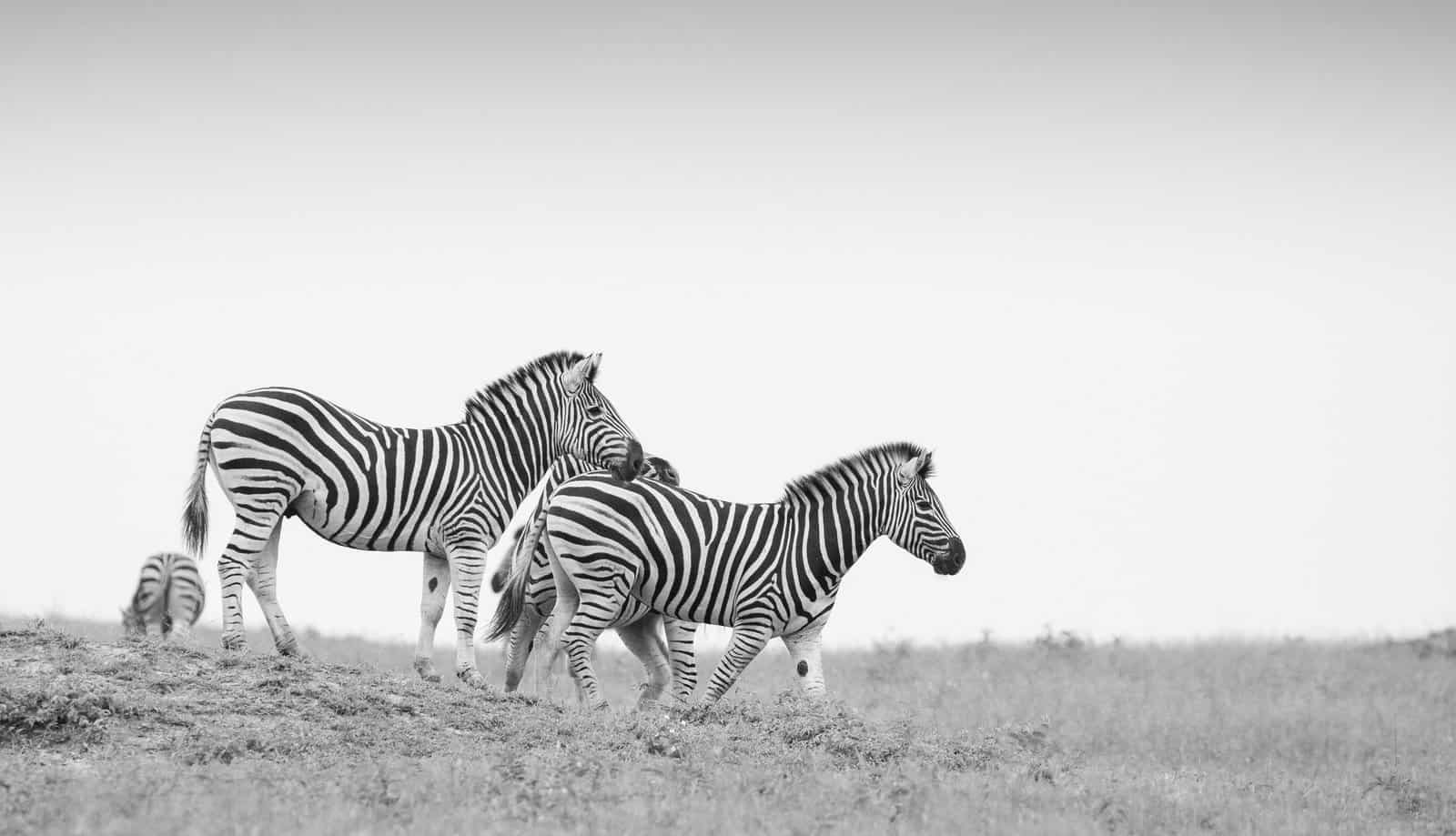
Appearance
The only available pictures of a quagga were of a female taken in the London Zoo in 1870. Though those pictures are in black and white, we got to know about the colouration of the quagga’s coat from the description of those who encountered it.
Like the zebra, the quagga was indigenous to South Africa. What was distinctive about this animal was its striking appearance. Thanks to being so closely related, the quagga did look like the zebra, but not entirely.
Unlike zebra’s white fur, that of the quagga had more of a light brown/beige colour on the back of the neck, shoulders, and back, while the underparts, legs, and tail were white. That fur coat was also thick to protect the quagga during harsh winters.
The quagga, too, was characterised by stripes, but they did not cover its entire body. They extended from the head to the neck and down halfway through the back. This was where the stripes were quite bold. Then they started to fade the further down the back they went until they completely disappeared.
To match its fur colour, the quagga’s stripes were actually dark brown. Interestingly, each individual had a different pattern of stripes, which allowed them to recognise one another. That said, some individuals did not have stripes at all.
Quaggas’ strange stripe pattern, in terms of fading and not covering the entire coat, was pretty confusing for scientists. They also could not get why some individuals were stripe-free. So they thought they could untangle that if only they understood the purpose of stripes in the first place.
One of the stripe purposes they thought of was mainly protection. They believed stripes would provide camouflage. So when individuals gathered in herds, it would be hard for predators to distinguish them from one another. However, such a hypothesis was refuted by a study.
So scientists still have not known why the quagga had fewer stripes than the zebra.
Although the quagga looked like a zebra from the front, it was more like the horse from the back! It had a heavily built body supported by long, very robust legs that were perfect for walking long distances and even escaping from predators. The quagga was actually able to run at a speed of 64 km/h.
Like donkeys and zebras, quaggas could use their rear legs to kick strongly. This worked as a powerful weapon when encountering four-legged dangers.
Regarding the measurements, scientists believe the quagga was 257 cm long and stood up to 135 cm tall at the shoulders. Like zebras, female quaggas were called mares, and the males were stallions. Mares were longer and taller than stallions. Both sexes had a mane that extended from the back of the head down to the shoulders. It was shorter in mares than in stallions.
Both mares and stallions weighed between 250 and 300 kg.
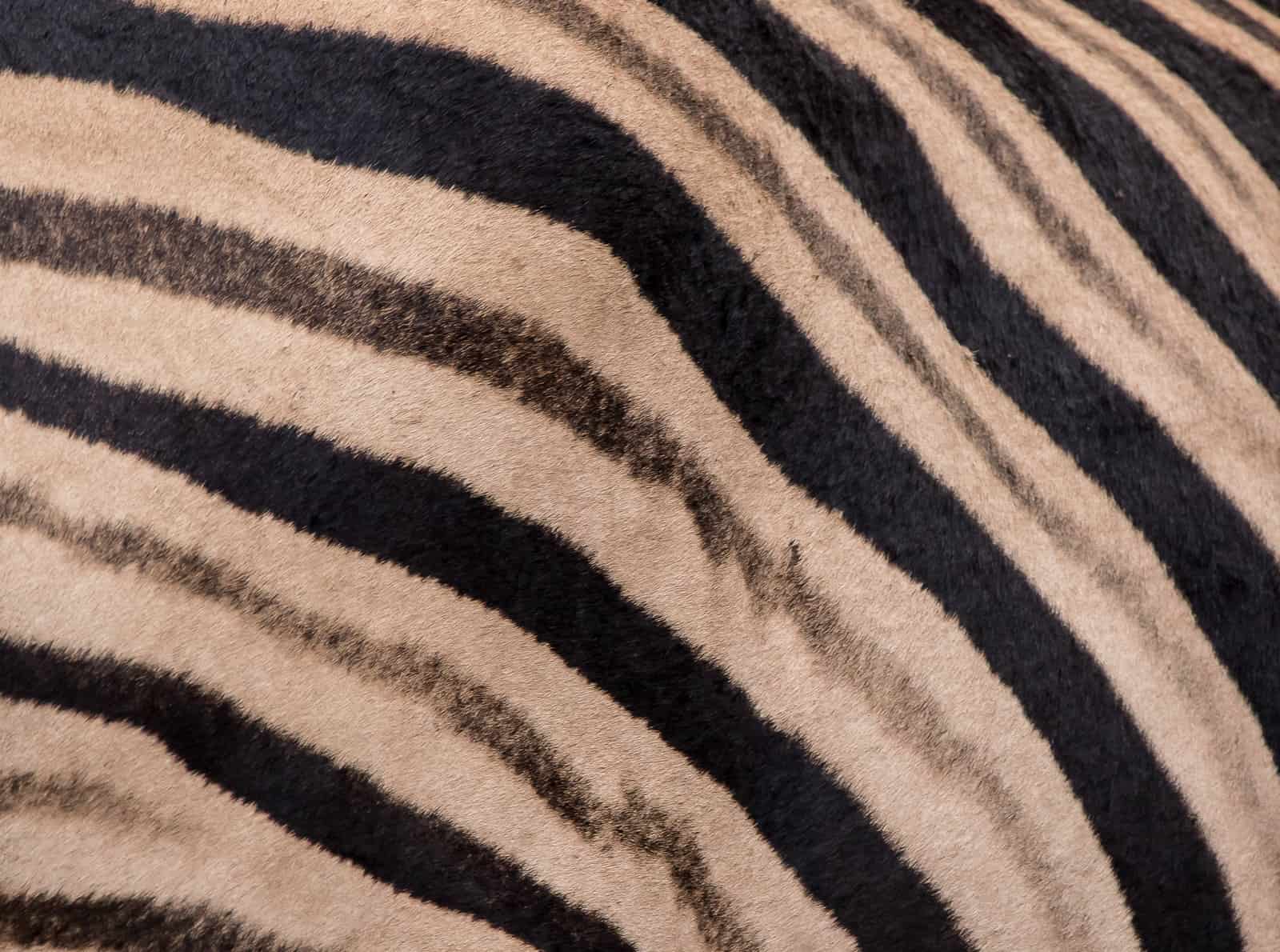
Behaviour
The quagga was no solitary animal. It used to live in groups called herds. Each herd had 45 individuals on average.
Herds typically acted as one unit. All herd members used to graze and travel together. When they went to sleep, one of them would stay awake to protect the other members.
Every herd had a dominant male who was like the boss of the whole herd and the one in charge of the security of the rest of the group. He used to make special calls that all the members of the herd could recognise and respond to.
If some members drifted away while grazing or travelling, the boss would usually make that distinct call asking them to come back ‘right now’!
Herd members also cared for one another. If one member fell sick, others took care of him. In addition, they accounted for every single member of the group. If they were travelling together, for instance, and one member tended to walk slower than the rest, they would slow down too to keep up with his pace.
Breeding
Males and females would be mature enough to breed and start a family at the age of 3.5 years. There was no specific time of the year for mating. Like many other animals, male quaggas used to mate with several females simultaneously.
A female quagga typically stayed pregnant for about 12 months. Then, she would give birth to only one baby quagga, called a foal.
Mothers were fully responsible for their foals. They would nurse them for around 11 months. After that, they started introducing them to solid food, which in this case was grass.
Only two years after birth would the female be able to mate again.
Feeding
Animals that feed on plants are called herbivores. And herbivores were either grazers or browsers.
Grazing means animals lean down to eat the grass while browsing, yes, means they lift their heads in order to eat tree leaves. Quaggas, like zebras and horses, were grazers.
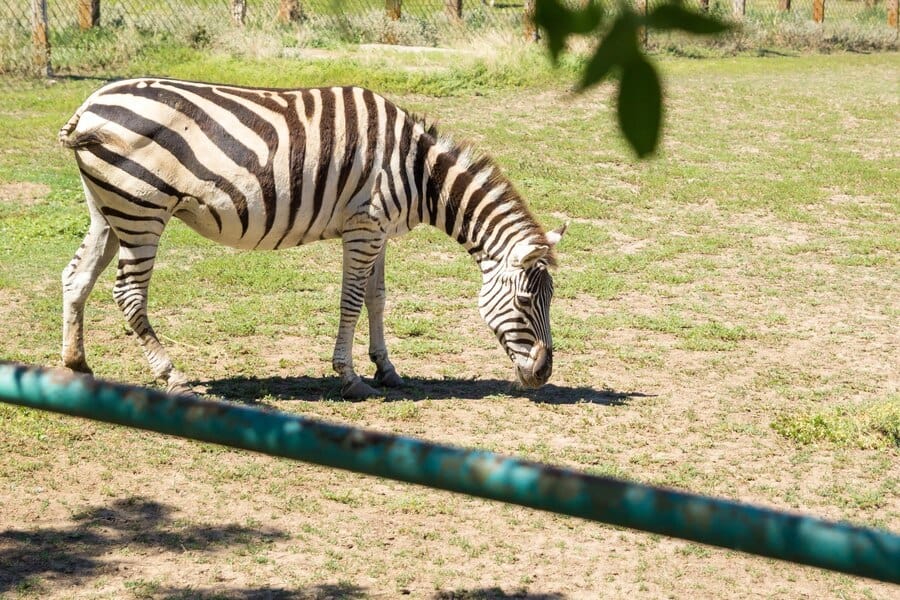
Quaggas were also diurnal. That means they forged, in herds, during the day and rested at night.
With Humans
Quaggas appeared on Earth hundreds of thousands of years ago. They survived major catastrophes and lived through the ice age. They were able to survive the freezing cold weather, despite being limited to a very narrow habitat range in South Africa.
Yet, once humans stepped into the scene, everything changed. And the ecosystem that operated in harmony for millions of years started to get disrupted.
According to scientists, humans hunted quaggas for their meat and their beautifully striped fur coat as well as their skin, which they sold at relatively high prices.
But instead of hunting it, why did humans not domesticate the quagga just like they did with the donkey, horse, cattle, goats, and sheep?
Domestication is the process of taming an animal and making use of it, especially in farm work. Humans have domesticated horses and donkeys and used them in farming and transportation. They also did the same with goats, sheep, and kettle to take advantage of their meat, milk, and fur.
So were quaggas suitable for domestication? Could that not push them toward extinction?
Well, according to the documents of the people who had already encountered quaggas, those animals were more than ready for domestication. They were already performing very well at farm work, especially when it came to moving carriages.
Yet, one thing that did not allow the domestication of quaggas was that they, like their zebra cousins, were quite unpredictable. They used to go crazy when they lost their temper.
One of the saddest incidents that show the quagga’s sudden violent behaviour was by a stallion which was kept captive at the London Zoo for breeding. However, one day the stallion was enraged for some reason. So it ran directly into a wall and killed itself.
Unable to domesticate the quagga, humans started hunting it instead. Then hunting became feverish as hunters were going all crazy about making lots of money selling the quagga’s fur.
As a result, the quagga population started to shrink and eventually disappeared.
Extinction
Excessive hunting for meat, fur, and skin, caused the quaggas numbers, which were originally large, to drop rapidly. That is because quaggas already lived in a pretty restricted habitat, so there was nowhere they could escape to.
In addition, many zoos in Europe were demanding quaggas to display them to visitors and breed them. So a number of quaggas were captured and sent to Europe.
For instance, many quaggas were transferred to zoos in London, Berlin, and Amsterdam. However, they died one after the other. The one in London died in 1872, followed by that in Germany in 1875, and the final one died in Amsterdam in August 1883.
By 1900, there had not been any quaggas left in their original habitat in South Africa.
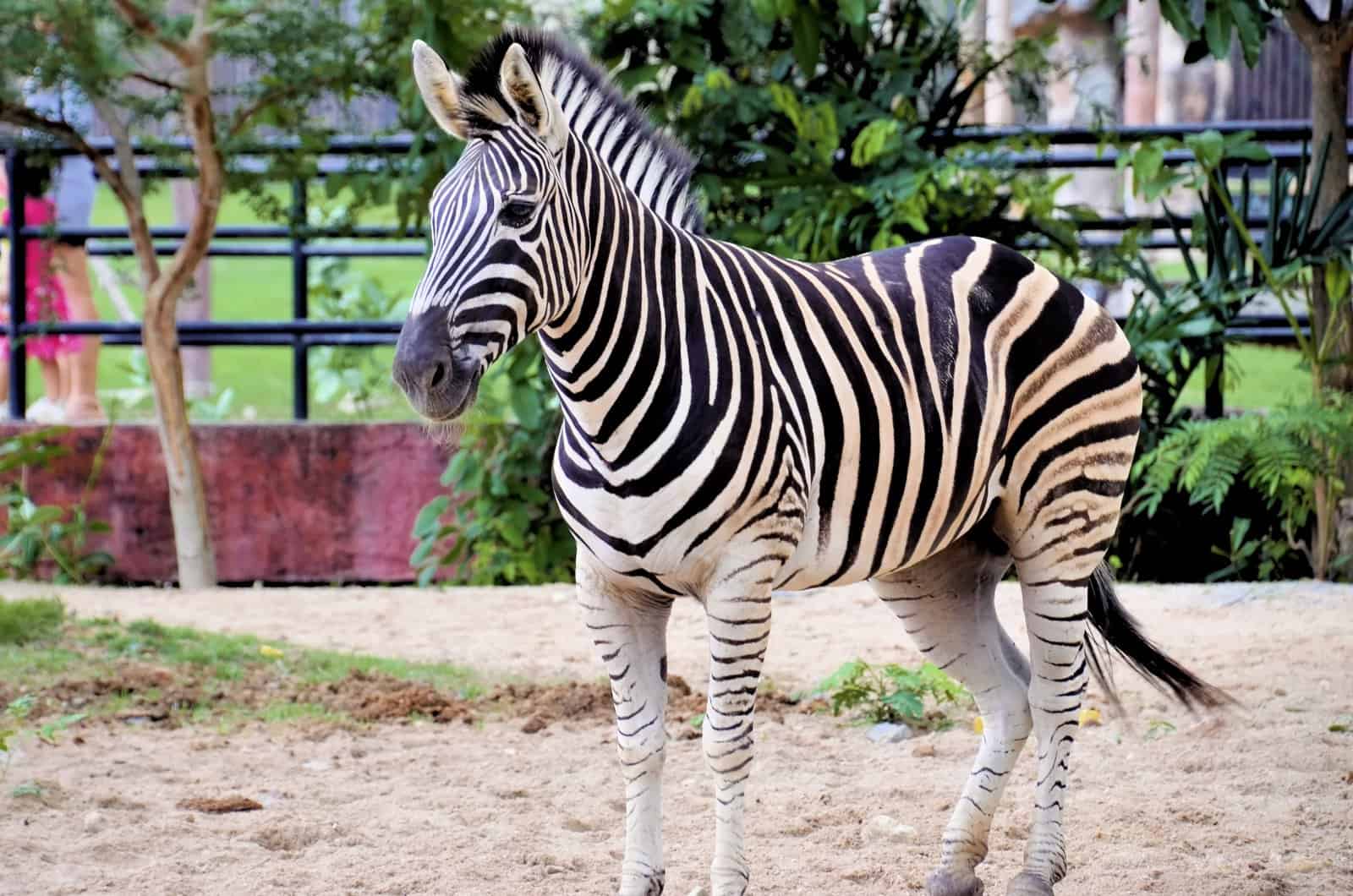
Bringing Back The Quagga
Ever since the quagga went extinct in the second half of the 19th century, science has developed a lot, and scientists came up with the idea of selective breeding.
Usually, natural breeding happens when animals in the wild mate with each other to produce offspring. Selective breeding, on the other hand, is done by humans. In this process, they breed closely selective animals that enjoy distinct characteristics to pass them down to their offspring.
For example, breeding a healthy tiger couple guarantees the cubs will be healthy too.
OK. That is all cool and everything. But what does it have to do with the extinct quagga?
We know that there is no way to bring back extinct species. But selective breeding can be used to produce members that look so much like them. It is true that these selectively bred offspring are not going to be the same as the extinct animal but will instead be quagga-like, let’s say.
So to bring back the quagga using selective breeding, all scientists needed to do was to produce offspring with fewer ‘brown’ stripes. To do that, a scientist called Reinhold Rau thought about selectively breeding plains zebras for many generations, hoping to produce offspring that look less like a zebra and more like a quagga with fewer stripes.
The goal was to re-establish this quagga-like zebra in the quagga’s original habitat.
As a result, the Quagga Project was officially launched in 1987. The types of zebras chosen for this project had lighter stripes. So scientists started to breed them. In 1988, the first selectively bred foal was born; however, it did not look any closer to the quagga.
Scientists kept breeding the chosen, lightly-striped zebras from the late 1980s up until 2005. And then there was some hope. The first baby zebra that looked more like the quagga was born, and it had fewer stripes.
As the project continued to breed zebras, scientists’ efforts apparently paid off. Currently, there are five zebras that look so much like quaggas. They have lighter skin and hair colours, as well as fewer stripes that fade toward the back.
Conclusion
And here we come to the end of today’s journey, in which we learned about another extinct animal zebra’s cousin, the quagga, which, too, was native to South Africa.
In this article, we discussed what the quagga was and how it was first thought of as a separate species but was later reclassified as a subspecies of zebras. We studied what the quagga looked like as well as the similarities and differences between it and the zebra.
Then we looked into the stunning behavior of the quagga. Thanks to being highly social animals, quaggas used to live in herds of 45 individuals. Each herd had a boss who was responsible for keeping everyone else safe. We also learned how the herd members acted together as one unit, respecting, helping, and taking care of one another.
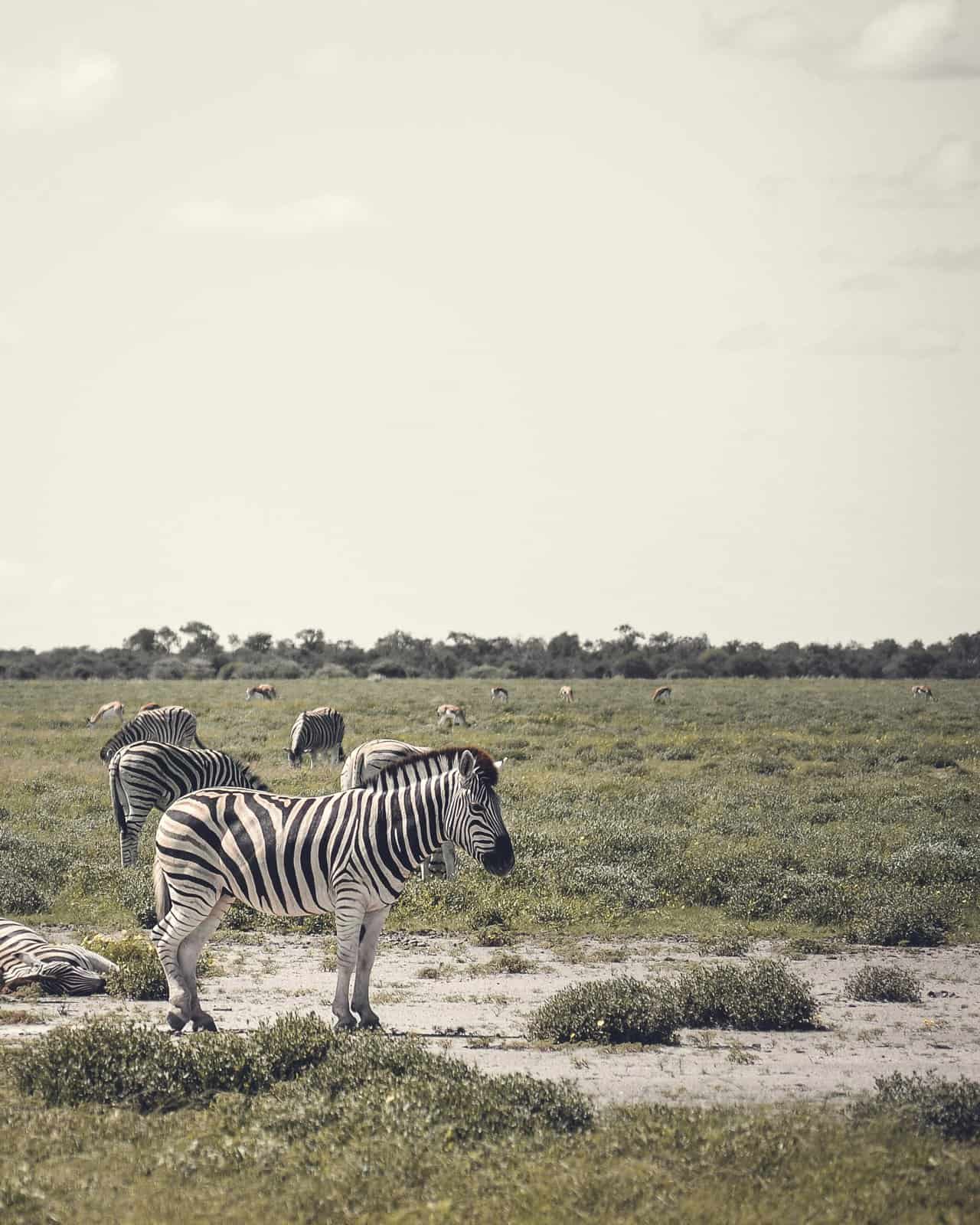
After that, we discussed the quagga’s breeding and feeding habits and explored the relationship it had with humans as well as the reason why they did not domesticate it though it had the potential to be.
Finally, we demonstrated the reasons why the quagga was pushed over the verge of extinction and how scientists tried to bring it back through selective breeding.
We hope you found this lesson useful as much as we loved writing it for you. You can still learn a lot about many incredible things here on our website. Just head to the World Around Us and STEM pages to read more interesting stories.
If you enjoyed learning about this fascinating animal why not check out more fantastic facts about other animals: Koalas, Land Animals, Sharks, Raccoons, Moon and Sun Bears, Rats, Sheep, Chickens, Cats, Pandas, Monkeys and Whales.
Why not subscribe to our LearningMole Library for as little as £1.99 per month to access over 1300 fun educational videos.


Leave a Reply